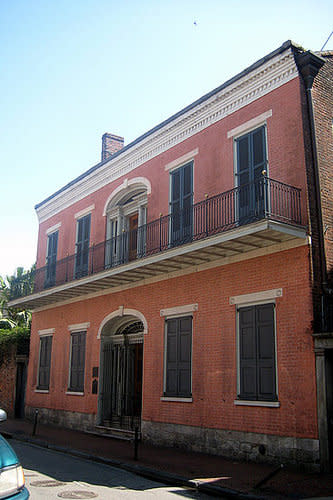Dear Residents:
I continue to receive many questions from residents regarding our Town’s upcoming Special Election on THURSDAY, NOVEMBER 13, 2014 (not regular Election Day) regarding the Ward System. Please see below for additional answers to your questions in an effort to provide clarity on this election. Some of this information may be repetitive from my last email (click here), but worth repeating.
__________________________________
What is this Special Election for? Residents are asked to vote “yes” or “no” on two propositions, as below:
Proposition 1:
Shall the ward system be established for the election of Councilmen or Councilwomen in the Town of North Castle?
Proposition 2:
Shall the number of Councilmen or Councilwomen of the Town of North Castle be increased from four to six?
Why is the Town Board having this election? I get this question a lot. The answer is simple. This vote was not initiated by the Town Board. By town law, any resident who secures the requisite number of petition signatures can offer these propositions for a town-wide vote. In this case, North White Plains resident Tony Futia secured the requisite number of signatures and submitted to the Town Clerk for processing through the Board of Elections.
What is the main difference in the Ward system from our current system? This is probably the most commonly asked question. Currently we operate in an “at large” system, meaning that all residents have the right to vote for all Councilmen, currently 4. In the Ward system, residents are limited to voting for only 1 of the 4 (or 6) Councilmen. (Please note that in either system, all residents can vote for the Supervisor.)
What do I think? How do other Board members feel about the Ward system? You should contact myself and other Board members directly if you have questions as to our opinions on this system.
Does this Special Election cost the Town money? Good question and it does. I cannot provide an exact cost, but we are tracking all expenditures as they occur. Items like printing, postage, legal costs, and election inspectors are all examples of additional expenditures.
How can I get more details? By now, you should have received a large post card in the mail from the Town (click here). Our apologies if you received multiple copies. To insure that no resident was disenfranchised, we mailed to every registered voter and every household. Please note that the Town Clerk’s telephone number was listed incorrectly on the bottom of the card, the correct number is (914)273-3321.
What if I am not registered to vote? We are having a special day of registration on Monday, November 3rd. Please refer to the postcard link above for locations on where to register to vote if you are not already registered.
What about our own Town Board election this year – is that part of the Special Election? This is a really good question as there has been some confusion on this. There answer is No. The election for the Councilman seat will be on the regular ballot on Nov. 4th. (This election is necessary because when I became Supervisor, my Councilman term had 2 years left on it. The first year of that span was filled by Jose Berra, but an election is required to fill out the rest of the term, namely the 4th year of that term.)
Thank you for your attention to this very important election. First of all, regardless of your position on this issue, I urge you to vote on Thursday, November 13. We live in a democracy and everyone should exercise their right to vote. (And don’t forget to vote on the regular Election Day, Tuesday November 4th too.) Second, if you have any other questions, please click on this link (click here) which will take you to the Town web page for all information that we have posted regarding this election.
Thank you again,
Sincerely,
Michael J. Schiliro
Town Supervisor















